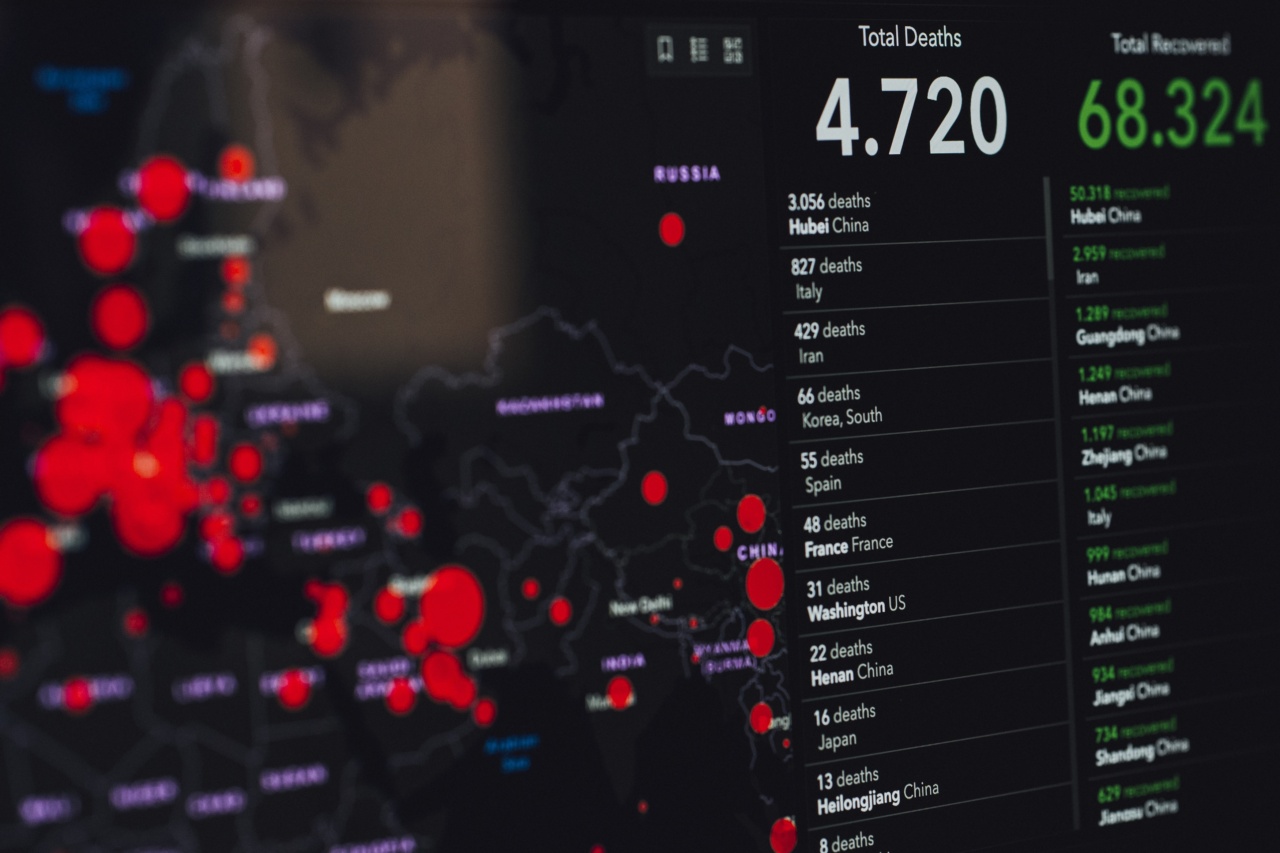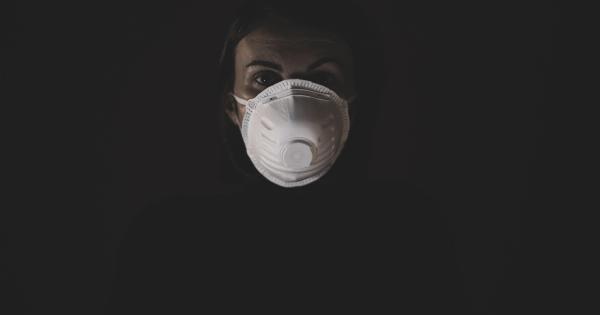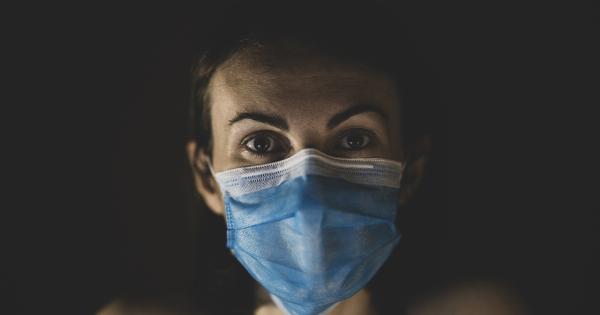The world has experienced its fair share of pandemics throughout history, from the plague to the Spanish flu. These devastating global outbreaks have caused widespread panic, loss of lives, and disruption of economies.
While we have made significant strides in improving our ability to identify and contain outbreaks, there remains a constant fear of an unknown rare disease turning into a pandemic. The potential consequences of such an event can be catastrophic, making it essential to understand the dangers posed by these elusive diseases.
What is a Rare Disease?
A rare disease, also known as an orphan disease, is a medical condition that affects a small percentage of the population. These diseases often have severe symptoms and can be chronic or life-threatening.
Due to their rarity, they tend to receive limited attention from the medical community, drug manufacturers, and governments when it comes to research, funding, and treatment development.
The Challenge of Identifying Rare Diseases
One of the significant challenges with rare diseases is their identification. Due to their infrequent occurrence, symptoms may go unnoticed or misdiagnosed for an extended period.
This delay in diagnosis can lead to further complications, making it harder to effectively treat the disease and prevent its spread.
Moreover, the lack of awareness surrounding rare diseases often leads to a significant lag in research and development of potential treatments.
Without adequate understanding of the disease’s causes, symptoms, and progression, it becomes difficult to develop targeted therapies and preventative measures.
The Potential for Rare Diseases to Spread
While rare diseases primarily affect a small population, there is always the risk of them spreading and turning into a pandemic. There are several factors that contribute to this potential:.
1. Globalization and Increased Travel
In today’s interconnected world, people are traveling more frequently and over longer distances. This ease of travel significantly increases the chances of a rare disease spreading beyond its initial geographic boundaries.
An infected person can unknowingly carry the disease to different parts of the world, where it can potentially infect others.
2. Inadequate Surveillance and Reporting
Due to the rarity of these diseases, they often fly under the radar of traditional surveillance systems. Healthcare professionals may not be familiar with the symptoms, leading to misdiagnosis or underreporting.
This lack of accurate data can delay a timely response to contain the disease, enabling it to spread undetected.
3. Lack of Preparedness
Rare diseases can catch healthcare systems off guard. Their unique characteristics and unfamiliarity make it challenging for healthcare providers to respond promptly and adequately.
Without comprehensive preparedness plans in place, the disease can quickly gain momentum and become harder to control.
4. Limited Diagnostic Tools and Treatment Options
Due to the lack of research and funding for rare diseases, diagnostic tools and effective treatments are often lacking. This makes it difficult to identify the disease accurately in its early stages and contain it before it spreads.
Without targeted treatments, infected individuals can unknowingly transmit the disease to others.
The Consequences of a Rare Disease Turning into a Pandemic
The consequences of an unknown rare disease turning into a pandemic cannot be understated. The potential impacts can be far-reaching and devastating:.
1. High Mortality Rates
Rare diseases often have severe symptoms and can be life-threatening. If a rare disease were to spread on a global scale, the resulting mortality rates could be catastrophic.
The lack of available treatments and vaccines exacerbates the situation, leading to a higher death toll.
2. Overburdened Healthcare Systems
A sudden surge in the number of individuals requiring medical attention can overwhelm healthcare systems. Limited resources, personnel, and infrastructure can make it difficult to provide adequate care to everyone who needs it.
This can lead to suboptimal treatment outcomes and an increased risk of the disease spreading further.
3. Disruption of Economies
Pandemics have a profound impact on economies globally. The need for strict containment measures such as lockdowns, travel restrictions, and social distancing can bring businesses to a standstill.
The resulting economic downturn can have long-lasting effects, including unemployment, poverty, and reduced access to healthcare.
Preventing Rare Diseases from Turning into Pandemics
While the potential dangers of an unknown rare disease turning into a pandemic are terrifying, several measures can be taken to prevent or minimize the impact:.
1. Increased Research and Funding
Investing in research and development specific to rare diseases is crucial. This includes understanding their causes, symptoms, and transmission patterns.
Adequate funding can support the development of diagnostic tools, treatments, and preventative measures to effectively manage these diseases.
2. Strengthening Surveillance Systems
Improving surveillance systems to include rare diseases is essential. Healthcare professionals should be trained to recognize and report potential cases accurately.
Enhanced reporting, data collection, and analysis can help identify outbreaks early on, allowing for timely containment measures.
3. Global Collaboration and Information Sharing
Cooperation between countries and international health organizations is vital in addressing the global threat of rare diseases turning into pandemics.
Sharing information, research findings, and best practices can facilitate a more coordinated response and prevent cross-border transmission.
4. Preparedness and Contingency Planning
Healthcare systems need to develop comprehensive preparedness plans to address the potential outbreak of rare diseases.
This includes training healthcare professionals, establishing response protocols, and ensuring sufficient stockpiles of essential medical supplies and equipment.
Conclusion
The danger of an unknown rare disease turning into a pandemic is a constant concern. While rare diseases may affect a small portion of the population, their potential to spread on a global scale cannot be ignored.
To mitigate the risks, it is essential to invest in research, strengthen surveillance systems, foster global collaboration, and be prepared for potential outbreaks. By taking proactive measures, we can improve our ability to identify, contain, and effectively manage rare diseases, preventing them from causing widespread devastation.






























